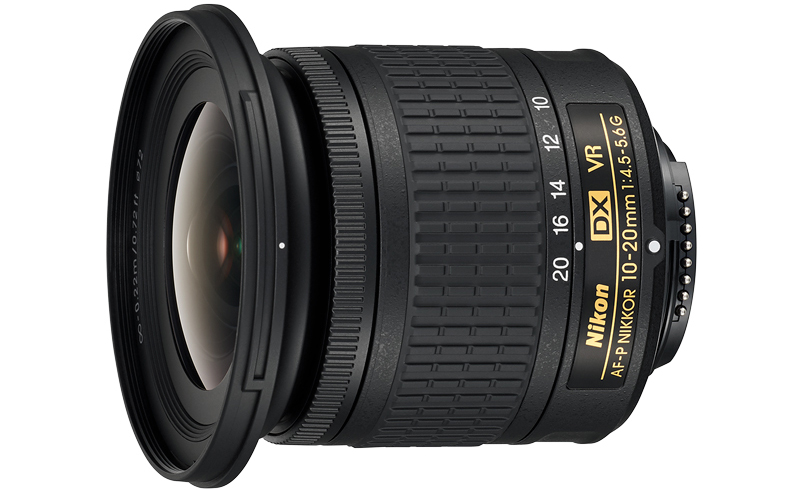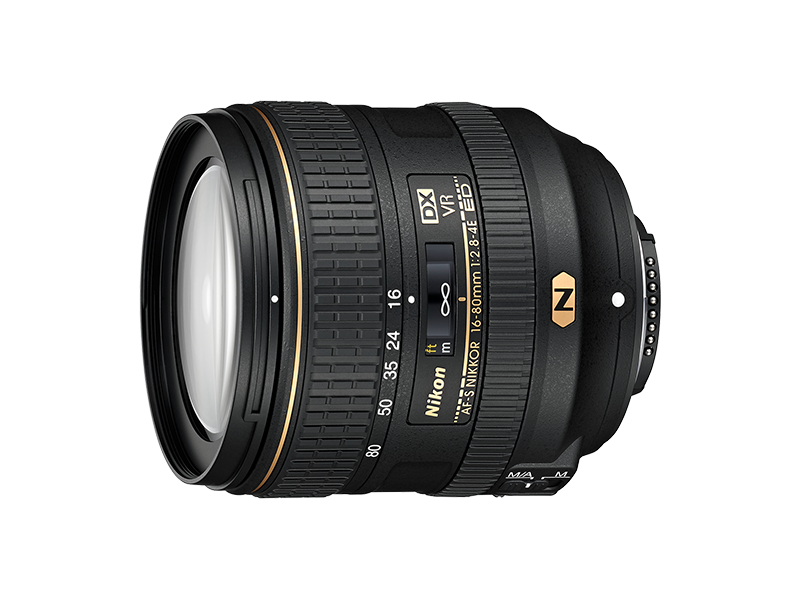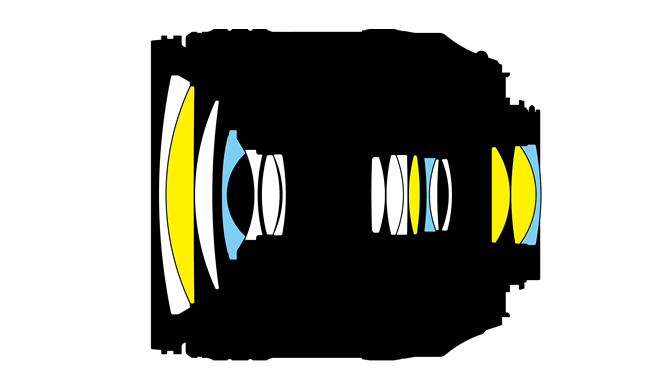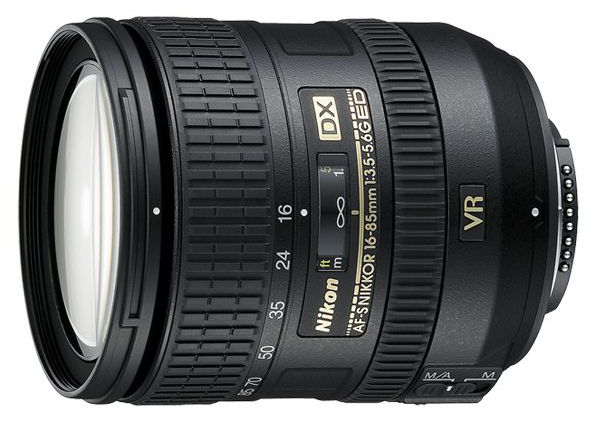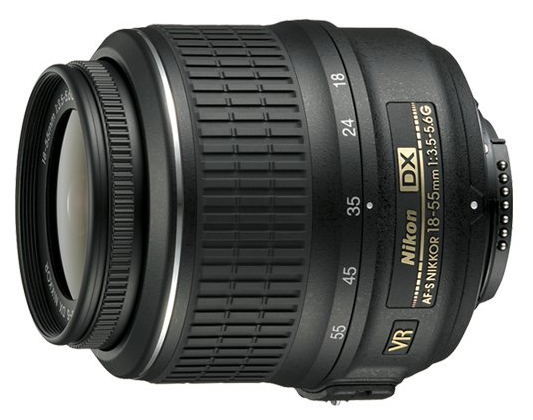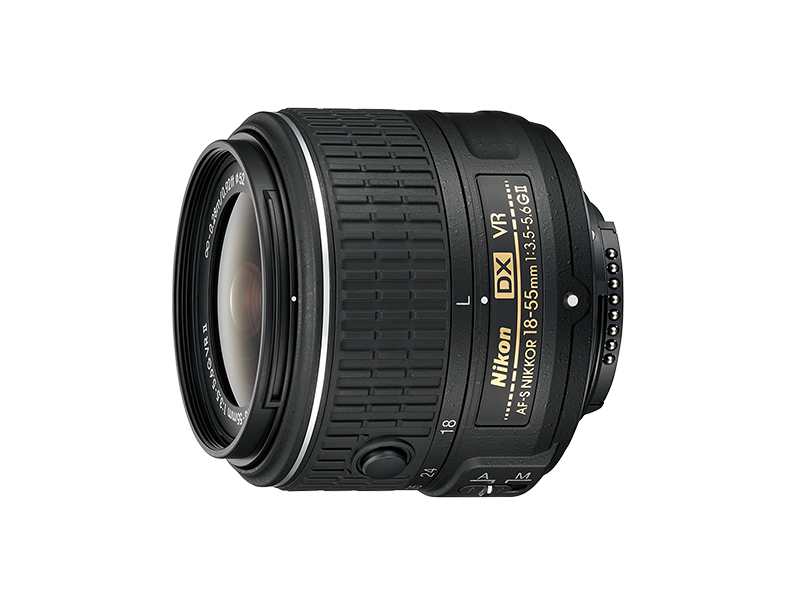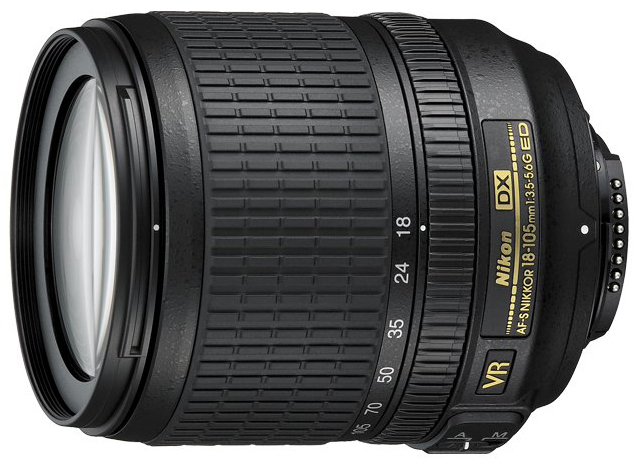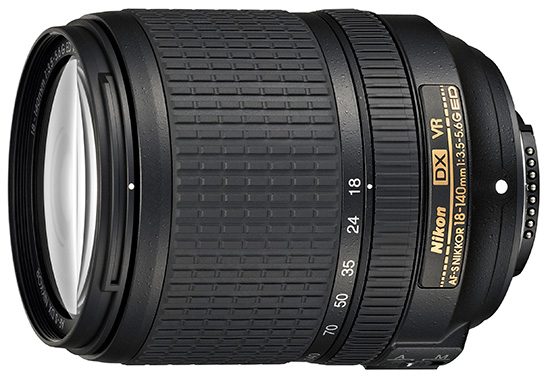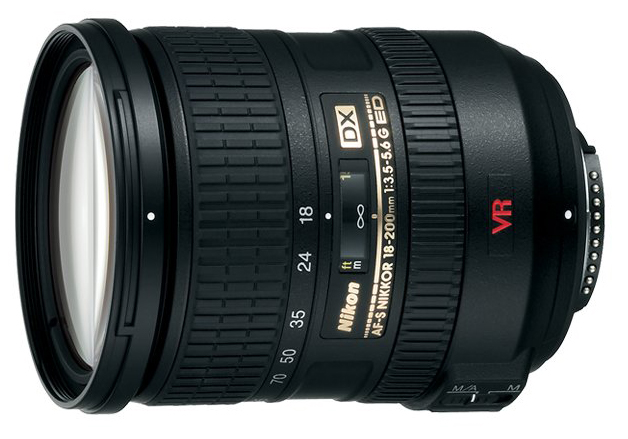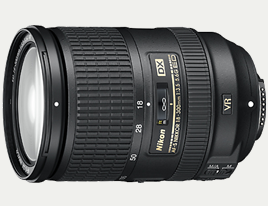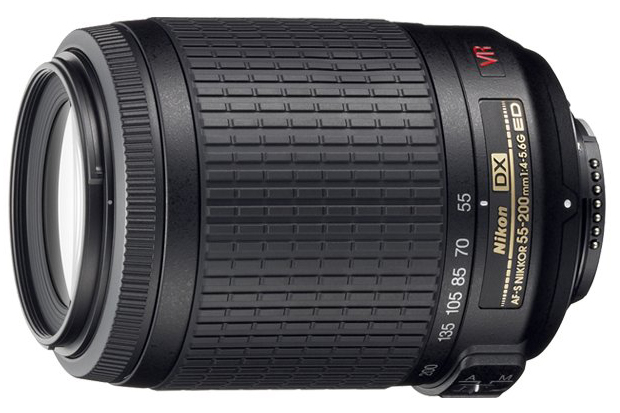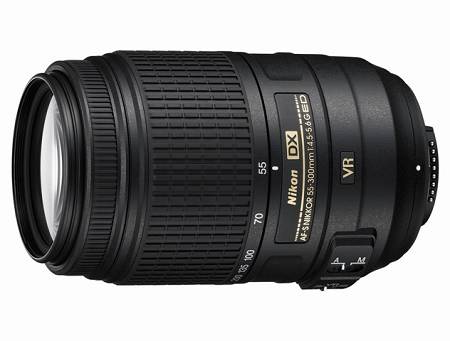|
With the introduction of the digital single lens reflex cameras (D-SLR) Nikon introduced many lenses for those SLR cameras that have a DX-format sensor. Although these lenses are in no way optically inferior to the FX brothers and sisters, Nikon unfortunately gave some lenses a plastic body and even a plastic bayonet mount! That mount is not resistant to strong use. Often one or more of the bayonet clamps (see below) will break. Nikon should use a strong metal. So be careful with lenses with a plastic mount!! Please Nikon, do not produce plastic mount lenses!!
Nikon did not produce prime lenses for cameras with a DX-sensor, save the 2.8/10.5 mm fisheye and the 1.8/35 mm wide angle lens, without VR however. The zoomlenses offering VR and listed below can be used on cameras with a FX-sensor, too. Most FX-cameras will switch automatically to the DX-format to avoid dark edges in the image. And in the menu of some cameras (via 'Image Area') the DX-format can be chosen.
AF-P DX Nikkor 4.5-5.6/10-20 mm. G VR
Late May 2017 Nikon introduced this very nice wide angle zoom lens. It equals a 15-30 mm full frame (35 mm/135 format) lens. Its optical formula consists of 14 elements (of which 3 are aspherically shaped) in 11 groups with 7 diaphragm blades. The 230 gram light lens can be focused down to 22 cm, offers Internal Focusing and Vibration Reduction. Filter thread is 72 mm and the best hood is the Nikon HB-81. AF-S DX Zoom-Nikkor 2.8-4/16-80 mm. ED VR
Early July 2015 this relatively fast Zoom-Nikkor was introduced. It has a lot of novelties, like Nano Crystal Coating on several lens elements and a Fluorine coating on the extreme front and rear lens (first time in DX-format lenses!). Its optical formula consists of 17 elements in 13 groups; 3 elements (blue in picture below) are aspherical and 4 elements (yellow in picture below) are made of ED-glass. The lens also has an electromagnetic diaphragm mechanism to keep up with fast shutter speeds. The lens can be focused down to 35 cm., has 7 diaphragm blades and a filter thread of 72 mm. Finally: the lens weighs in at 480 gram.
AF-S Zoom-Nikkor 3.5-5.6/16-85 mm. G VR
Three aspheric lenses and two elements made of ED-glass are making this zoom lens - weighing in at 485 gram - an excellent performer for reporters. It was introduced in January 2008. The total optical construction consists of 17 elements in 11 groups with 7 aperture blades. The built-in Silent Wave Motor allows fast focusing down to 38 cm. Best hood is HB-39. Equivalent viewing angle at FX format is 24 - 127.5 mm.
AF-S Zoom-Nikkor 3.5-5.6/18-55 mm. G VR
This is a relatively cheap but good zoom lens, often offered in a kit with one of the popular amateur digital Nikon SLR's, was introduced in November 2007. It is based on the non-VR version, introduced in April 2005 and upgraded in November 2006. It has an optical construction of 11 elements - of which the front element is aspheric - in 8 groups. The built-in Silent Wave Motor makes focusing down to 28 cm. very fast. This light (265 gram) lens doesn't have a strong body but for its price a very nice performer. It comes with hood HB-45.
Early January 2014 Nikon Corporation introduced a successor of this popular lens, featuring a retractable lens mechanism, making the lens shorter. The optical formula hasn't changed, but its weight went down to 195 gram. Early January 2016 an upgraded version, called AF-P Nikkor, featuring a stepping AF-motor* was introduced. Its optical formula consists of 12 elements (of which are aspherical) in 9 groups. The new lens is 10 grams heavier and uses the new HB-N106 hood. *stepper motor or stepping motor is a brushless DC electric motor that divides a full rotation into a number of equal steps.
AF-S Zoom-Nikkor 3.5-5.6/18-105 mm. G VR
In August 2008 this lens was introduced. Some decades ago it was unthinkable to produce a lens with this zoom range! Nikon did it, however! It has 15 elements (of which one is aspheric and one other is made of ED-glass) in 11 groups. Mounted on a light digital SLR this light (420 gram) lens is a very nice general photography tool. It comes with hood HB-32.
AF-S DX Zoom-Nikkor 3.5-5.6/18-140 mm. G ED VR
Early August 2013 this long range zoomlens (equiv. 35mm: 27-210 mm.) was introduced. It has an optical formula of 17 elements (of which one is made of ED-glass and 1 element has an aspherical surface) in 12 groups, a 7 blades diaphragm and can be focused down to 45 cm. The lens has a filter thread of 67 mm, weighs in at 490 gram and does not come with a hood. The HB-32 is optional!
AF-S Zoom-Nikkor 3.5-5.6/18-200 mm. G VR
With a magnification in its zoom range of more than 11 times this optical wonder - offered since November 2005 - covers the viewing angle of a great deal of wide-angle to tele-lenses. It has a very complex optical construction of 16 elements, of which 3 are aspheric and two others are made of ED-glass, in 12 groups. The Silent Wave Motor makes internal focusing down to 50 cm. a fast and quiet job. This lens overshadows all 'other-brand' lenses with the same focal range, but doesn't outperform Nikkors with a shorter focus range. Nevertheless a nice reporter's lens. This relatively light (560 gram) lens comes with hood HB-35. A second edition with improved VR-facilities, but with an identical optical formula, was introduced in July 2009.
AF-S Zoom-Nikkor 3.5-5.6/18-300 mm. ED VR
Mid June 2012 Nikon introduced a zoom-Nikkor with a record breaking 16.7 x zoom ratio: 18-300 mm. This lens is featuring a Silent Wave Motor and has an optical construction of 19 elements (of which 3 are of ED glass and 3 have an aspherical shape) in 14 groups and it has 9 aperture blades. Closest focusing distance is 45 cm. The lens takes 77mm. filters, is weighing in at 830 gr. and the best hood is the HB-58. To produce such a lens many compromises have to be made, resulting in aberrations at both ends of the zoom range. Nevertheless this lens is a very nice performer with an incredible zoom range (on a DX camera) from 27 - 450 mm. (35 mm. equivalent). In April 2014 Nikon replaced the lens by an upgraded version, with the same technical specifications.
AF-S Zoom-Nikkor 4-5.6/55-200 mm. G VR
An other so called kit lens, often offered together with the 18-55mm. zoom lens, described above. In April 2005 the non-VR version was introduced; the VR-version is offered since March 2007. With 15 elements - of which one is made of ED-glass - in 11 groups, built-in Silent Wave Motor, a weight of 335 gram and internal focusing, it produces more than acceptable images. Not made for professional use, though! It comes with hood HB-37. Early January 2015 this lens was succeeded by the AF-S DX NIKKOR 55-200mm f/4-5.6G ED VR II. This lens has an optical construction of 13 elements (of which one is made of ED-glass) in 9 groups. A novelty is the retractable lens barrel, making the lens a bit smaller and lighter (300 gram). The lens can be focused down to 110 mm. Filter size is 52 mm. and the best hood is HB-37.
AF-S Zoom-Nikkor DX 4.5-5.6/55-300 mm. G-ED VR
Mid August 2010 Nikon introduced this long range Zoom-Nikkor featuring a very complex optical design, consisting of 17 elements in 11 groups. 2 elements are made of Extra Dispersion (ED) glass and one element with High Refractive Index. This "offers the same benefits of standard optical glass and compensates focal plane curvature and spherical aberration" as Nikon explains this special HRI element. The use of this (glass?) element reduces the weight as well. The lens can be focused down to 1.4 meter, uses 58 mm. filters and weighs in at 530 gram. The best hood is HB-57.
|
